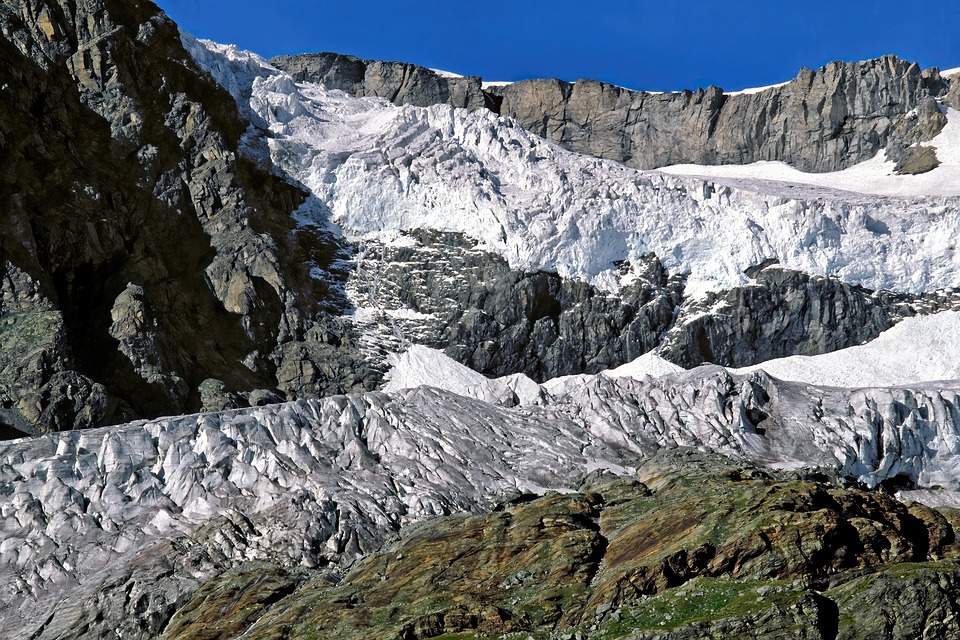What Distinguishes Weather from Climate?
Understanding the difference between weather and climate is crucial for interpreting environmental conditions and addressing issues such as climate change. The primary factor that distinguishes these two concepts is time scale.
Defining Weather
Weather refers to the short-term atmospheric conditions in a specific location. It encompasses various variables, including:
– Temperature
– Humidity
– Precipitation
– Wind speed and direction
– Visibility
Weather can change rapidly, often within hours or days. For instance, one might experience a sunny morning followed by an afternoon thunderstorm, illustrating how dynamic and variable weather can be.
Defining Climate
In contrast, climate is defined as the long-term average of weather patterns over an extended period, typically 30 years or more. Climate describes the typical atmospheric conditions of a region rather than day-to-day variations.
Examples of climate classifications include:
– Tropical: Characterized by warm temperatures and high humidity year-round.
– Temperate: Features distinct seasonal changes with moderate temperatures.
– Polar: Defined by cold temperatures and limited precipitation.
These classifications help illustrate the expected weather conditions over long periods in different regions.
Time Scale as the Distinguishing Factor
The key differentiator between weather and climate is the time scale involved:
– Weather represents short-term changes, ranging from minutes to weeks.
– Climate, on the other hand, averages these conditions over decades, allowing for a more stable understanding of atmospheric patterns.
This distinction is vital for recognizing whether a particular atmospheric event is a temporary fluctuation (weather) or part of a broader climatic trend.
Examples of Weather vs. Climate
– Weather Example: A sudden thunderstorm occurring on a summer afternoon.
– Climate Example: A region known for its hot, humid summers and mild winters, such as the southeastern United States.
Repeated weather patterns over time contribute to defining a region’s climate, demonstrating how individual events can shape long-term averages.
How Weather and Climate Interact
Daily weather patterns play a significant role in contributing to long-term climate data. For example:
– Climate influences typical weather; regions with dry climates tend to have fewer rainy days.
– Conversely, understanding climate helps predict long-term weather trends but not specific daily conditions.
This interplay highlights the importance of both concepts in meteorological studies and environmental planning.
FAQs
– Can a single weather event change the climate?
No, while individual weather events can be extreme, they do not alter the long-term averages that define climate.
– How do scientists differentiate between short-term weather and long-term climate patterns?
Scientists analyze data over extended periods (typically 30 years) to identify trends that characterize climate versus short-lived weather phenomena.
– What is an example of a region with consistent weather but a distinct climate?
Coastal areas may experience similar daily weather but have vastly different climates compared to inland regions due to geographical influences.
– Why is climate change different from weather variation?
Climate change refers to significant shifts in long-term averages caused by factors like human activity, while weather variation encompasses short-term fluctuations that can be natural or cyclical.
– How does weather data contribute to climate research?
Weather observations provide essential data points that are aggregated over time to analyze trends and changes in climate.
Conclusion
In summary, the time scale is the key factor distinguishing weather from climate. Understanding both concepts is essential for studying environmental conditions and preparing for potential impacts related to climate change. Recognizing this difference aids in interpreting climatic shifts versus normal weather variability, providing clarity in discussions surrounding global environmental issues.

Kyle Whyte is a notable scholar and professor at the University of Michigan, holding positions such as the George Willis Pack Professor in the School for Environment and Sustainability and Professor of Philosophy. Specializing in environmental justice, his work critically examines climate policy and Indigenous peoples’ ethics, emphasizing the nexus between cooperative scientific endeavors and Indigenous justice. As an enrolled Citizen Potawatomi Nation member, he brings a vital perspective to his roles as a U.S. Science Envoy and member of the White House Environmental Justice Advisory Council. His influential research is supported by various prestigious organizations including the National Science Foundation, and disseminated through publications in high-impact journals. Kyle actively contributes to global Indigenous research methodologies and education, with affiliations to numerous institutes and societies dedicated to traditional knowledge and sustainability. Recognized for his academic and community engagement, Kyle has earned multiple awards and served in various visiting professorships. His efforts extend to leadership positions on boards and committees focused on environmental justice nationwide.
